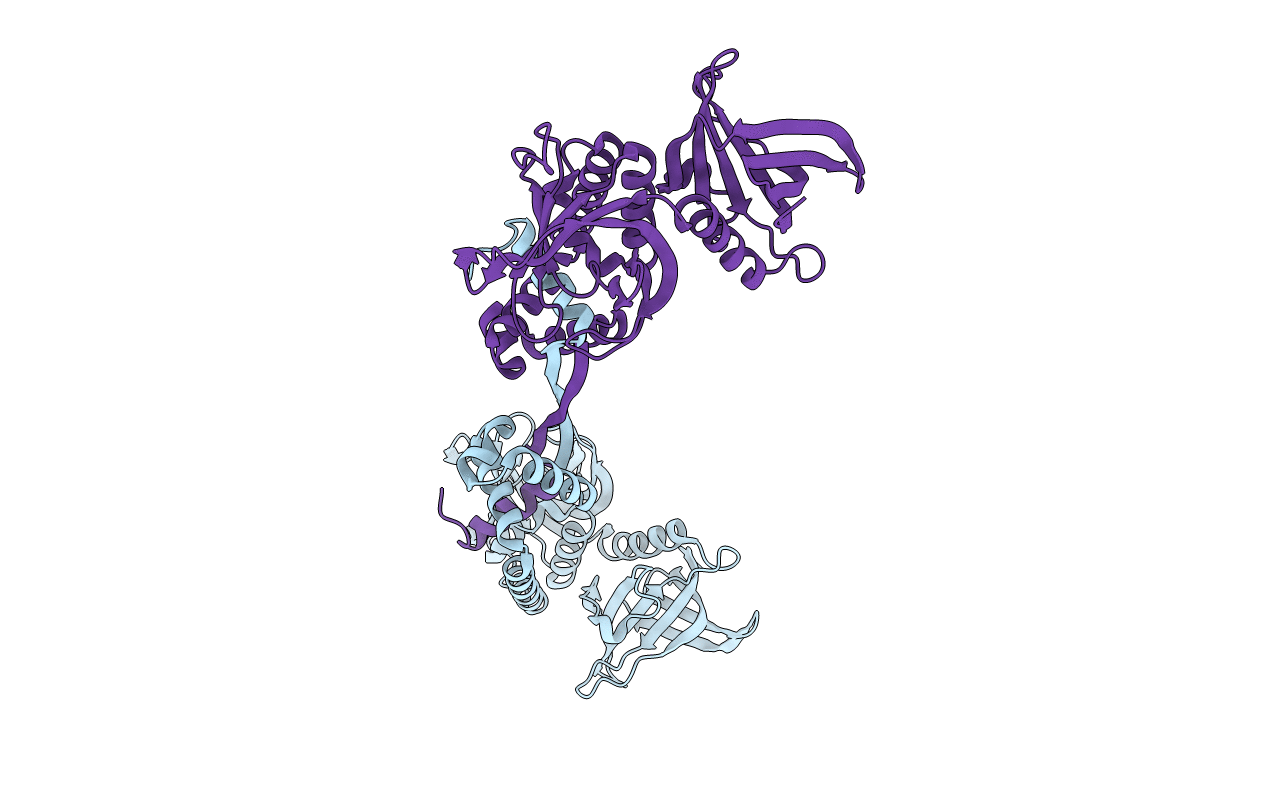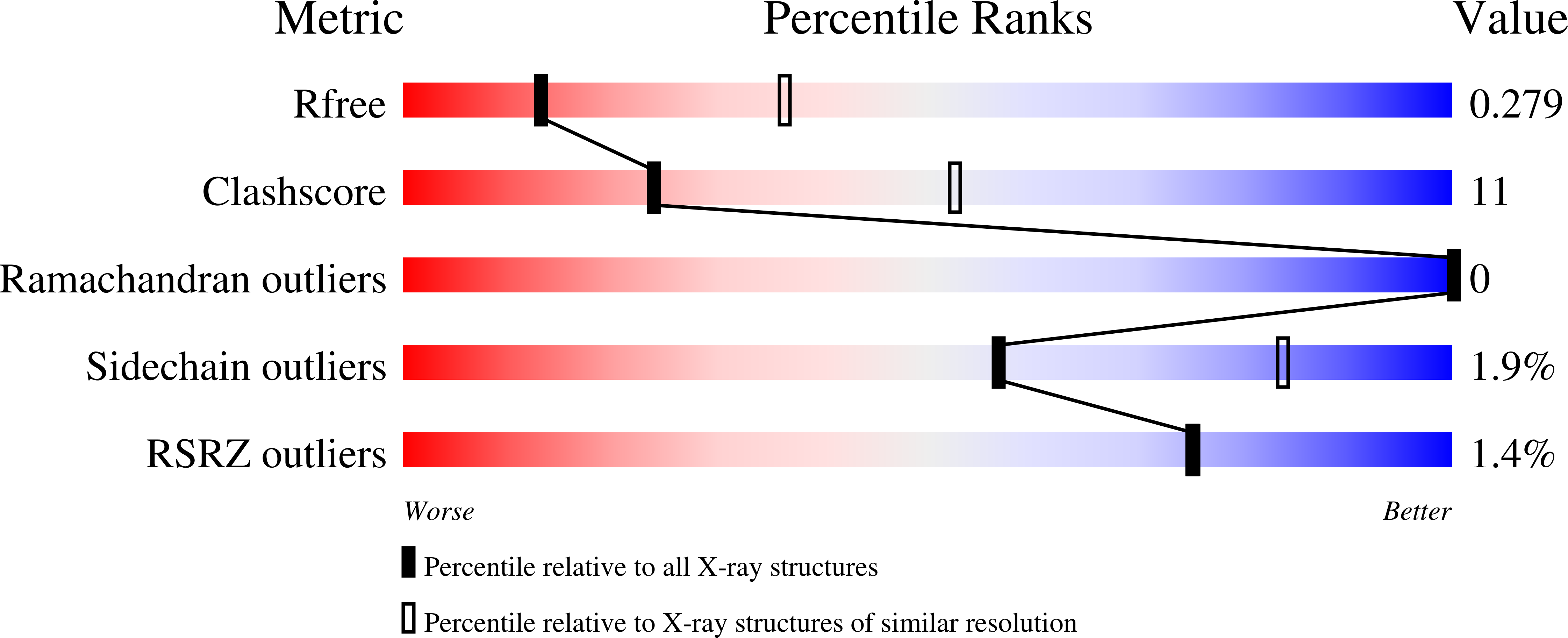
Deposition Date
2021-06-15
Release Date
2022-04-27
Last Version Date
2024-10-23
Entry Detail
PDB ID:
7OVP
Keywords:
Title:
Crystal structure of the chemotactic adaptor protein CheF
Biological Source:
Source Organism:
Host Organism:
Method Details:
Experimental Method:
Resolution:
2.90 Å
R-Value Free:
0.28
R-Value Work:
0.23
R-Value Observed:
0.23
Space Group:
P 1 21 1


